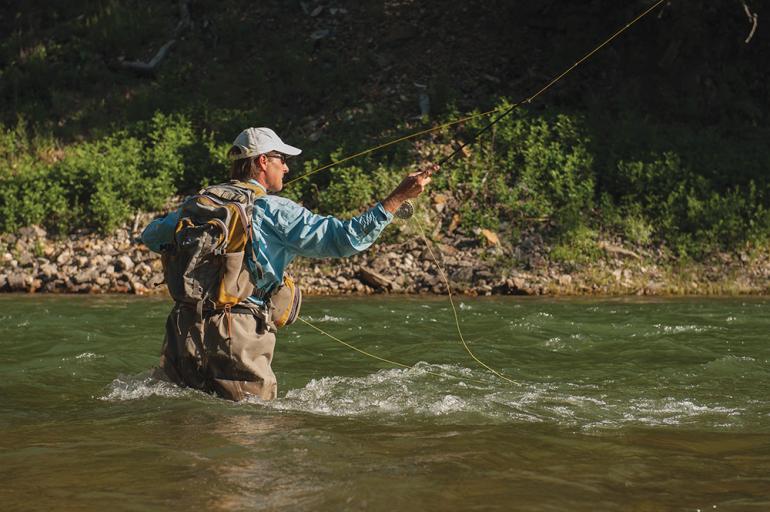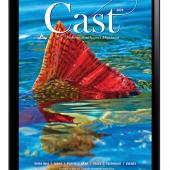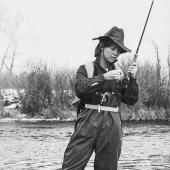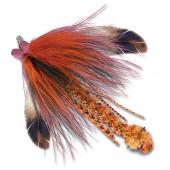Cast Away
Enduring the learning curve.
Let’s face it: fly fishing is hard. Everything about it is difficult, from acquiring the right gear, to choosing the right fly, to utilizing the proper technique… there’s a reason that lots of anglers chuck lures and drown worms. So if you’re not catching fish, worry not. If you don’t know what to tie on, join the club. And if you’re struggling with your casting, don’t beat yourself up—according to Sarah Clark of the River’s Edge (aka, “Shark,”), you’re not alone.
“The most common fly-fishing mistake I see,” says Sarah, “is folks breaking their wrist during the cast, particularly on the back cast.” The kind of wrist-breaking we’re talking about here is the tendency to snap the wrist rather than holding the rod square and rigid; trying to “throw” the line forward as though it were a baseball. This is a problem: “Breaking the wrist creates a big arc––the rod tip is not traveling in a straight plane. This creates bigger fly-line loops, which ultimately cause a loss of power and control.” A good cast has a consistent, uniform arc that loads the line evenly, preventing the line from tangling behind you or piling up when you release.
“It’s easy to simply tell people that they’re breaking their wrists during the cast, but many times they can’t see or feel what you’re talking about. To remedy, I first show them the difference between the rod tip traveling in a straight line versus making an arc.” Seeing may be believing, but to get her clients to feel what casting with less wrist-break is like, Sarah has them tuck the reel seat of the rod into a shirt sleeve. “Finally, I have them practice the cast while only watching the rod tip.” Forcing the wrist to remain stiff and drawing attention to the tip retrains and improves casting mechanics, and before long, casters feel more control over the line and pick up some more distance.













